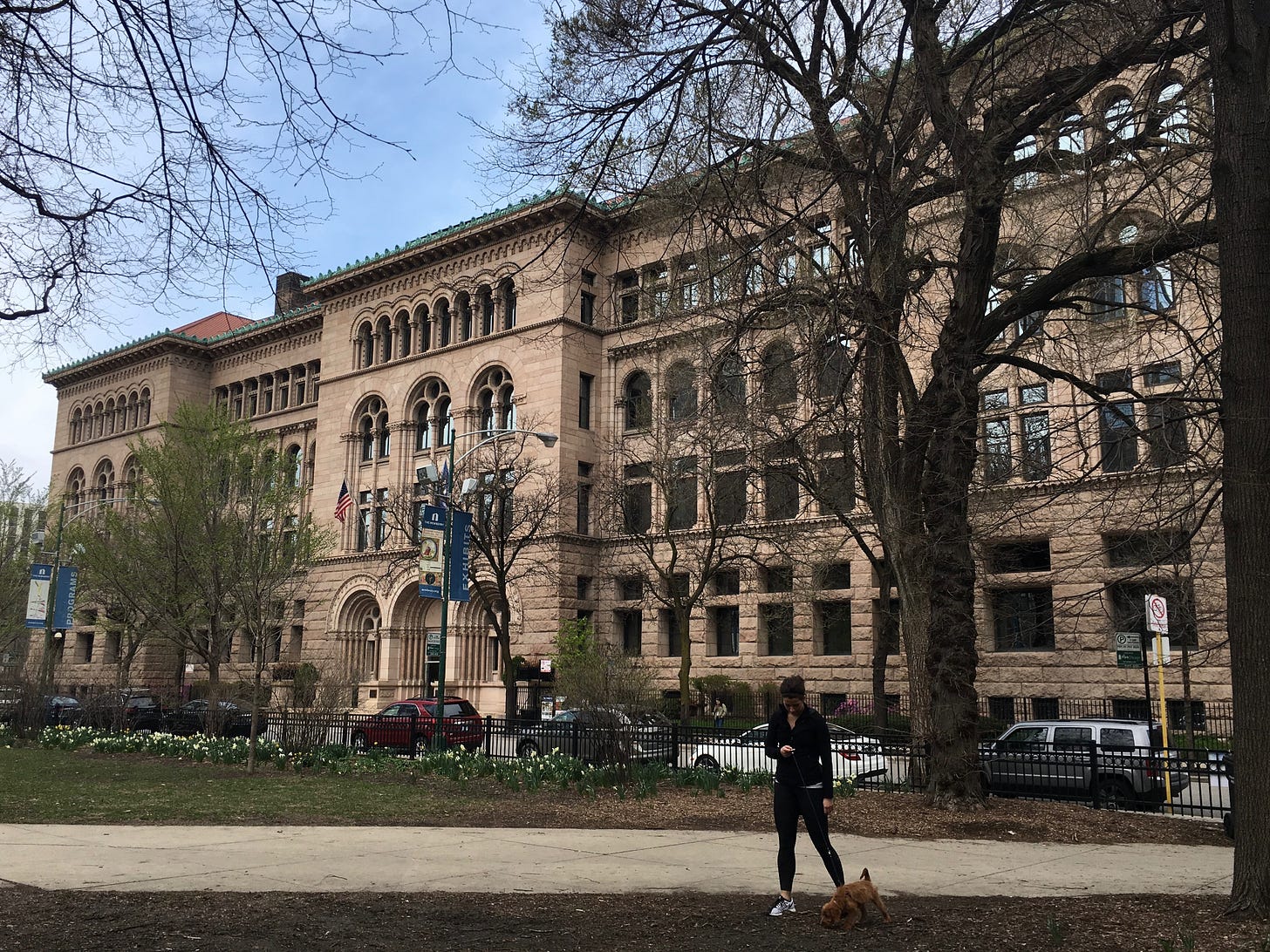Taking notes for now and later
Reflections on a beloved practice
On Sunday, April 24, I was on Jorge Arango's podcast, The Informed Life, talking about how notes fit into my personal information life. Thanks to his question on Twitter and our chat on the show, I’ve been thinking a lot about this practice that I've developed but never had to find the words to explain. If you enjoy this issue, I hope you'll take a listen to the podcast episode.
Reading the footnote in a lexicographer’s memoir, I gasped in recognition. “You don't read without marking;” it said, “you can't mark without reading.”
Reading and marking is a way of turning written communication into the data that supports dictionary definitions. Yes! The people who write dictionaries collect data. Once my attention was drawn to that need, it seemed obvious, but I had never thought about it before.
Part way into her story of learning how to “read and mark,” Kori Stamper includes a footnote explaining why something that sounds like a compound subject gets pared with “is” in a sentence rather than “are,” just as in the first sentence of my last paragraph. Unbeknownst to Stamper, her grammatical clarification described to me why I take notes. That’s why I gasped.
Marking up a nonfiction text lets me have a conversation with the author. Just as I nod and make eye contact during a conversation, while taking notes I underline standout phrases and write comments and questions in the margins of text. If you witness me while I’m doing this, I can look animated indeed, gasping (as above) and shifting excitedly in my seat. While I'm the only person present, I’m tricking my brain into having a fully engaged experience with the author. Each note need not be relevant later, if it is relevant now.
Notetaking makes information palpable.
One trouble with notetaking, however, as with so many things that become part of our lives, is that once we start accumulating enough notes, we may find ourselves wondering what to do with them afterward.
I have been tempted in the past to come up with perfect systems. When I was planning my initial issues for this newsletter, for instance, I thought I might move drafts from one section to another in a Finding Out OneNote notebook. First came “Draft,” then “Ready” for pieces I needed to put in Substack, then “Queued” for those I had copied over, and “Sent” for the they're-out-there-now pieces.
Once a document moved from Draft to Ready, it would no longer be a “note,” per se, but the OneNote sections themselves served as location-based notes on what I was supposed to do next. The flow made sense, and I could imagine myself sitting down to deal with one category or another, keeping everything tidy.
As the weeks went by, however, I found that despite its simplicity, it was a heftier system than I needed. For me, writing takes place as much in my head as it does on the screen. I didn't need to go to the “Ready” folder to find what I should copy into Substack. When I went to my computer, I already knew which piece I was coming to address, and what I needed to do with it. Moving notes, as relatively low friction as that is, was more work than simply remembering what I needed to do next.
That’s a primary difference I’ve found between designing business-level information architectures and personal information systems: our memory is a perfectly reasonable component of the system.
So I came up with a new system: a single section called “Freewriting.”
Notes there start out as glimmers of ideas. They're shiny enough to warrant getting out of my head, but not necessarily polished enough to go anywhere right away. Over time, some of the notes do develop into newsletter issues, and when they do, I know for sure that they were sent because I can find them in my Substack dashboard.
When I did start to find myself feeling bleary-eyed as I scanned the list of note titles, I began adding a lower-friction status note: emojis in front of the titles. I use the light bulb for notes I keep returning to, and the love letter for sent newsletters.
While my drafts and notes for Finding Out are centralized and relatively orderly, my overall notetaking system is only loosely structured. My notes are spread across paperback books, physical notebooks, OneNote, and even a few still active Evernote notebooks that I'll eventually migrate somewhere else. Text messages and emails can serve as notes when I remember with whom I shared what link. When I take notes on the same thing in more than one place, I tend to prominently tell myself where else to look, but ultimately, my memory connects all the systems.
My memory does what it’s good at—remembering gist and location—and my notes do what they're good at—documenting specifics and sources.
A personal notetaking system doesn't have to be tidy, and notes don't have to be taken with only the future in mind. Notetaking can be form of noticing, a way to save information for later, or both. Whyever you take and keep and reference notes, the best notetaking system is the one that works for you.
Mentioned in this issue: The Informed Life podcast with Jorge Arango; Word by Word: The Secret Life of Dictionaries by Kori Stamper; OneNote notetaking software.
In the photo: Many years ago, I did a fellowship at the Newberry Library, a humanities-focused research library in Chicago. I expect I took many notes there, but I couldn’t tell you where they are now.


